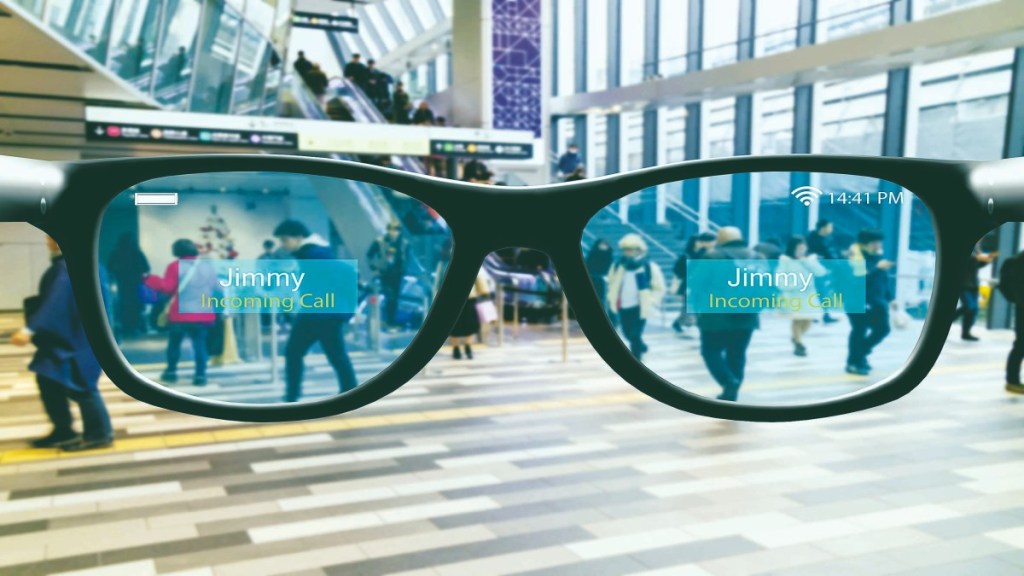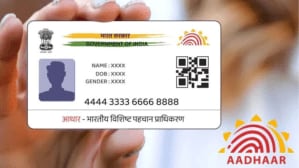It’s over a century that technology has been defined by its screens. Whether it’s TVs, desktops, laptops, smartphones or tablets, we have long been exposed to a piece of glass and spend considerable time looking into these glowing rectangles, even squares if you unfold one. And each cycle has been accompanied by concerns over distraction, productivity and health. Now as the new generation of smart glasses comes into our view, from Meta’s Ray-Ban collaboration to Apple’s Vision Pro headset, a familiar question hovers, will this new tech further extend our screen time or replace it?
Just a couple of searches and we can find longform discourse/YouTube videos on how people are caught between dependence and fatigue. They are unable to live without their smartphones, but increasingly resentful of their constant demands on attention. Smart glasses promise to be the next interface which is intimate, wearable, and always on.
Screen expansion or substitution?
The term smart glasses conceals significant variety. Products on the market today fall into distinct categories, with different implications for screen time. Devices such as the Ray-Ban Meta AI glasses focus on hands-free capture and communication. They feature microphones, open-ear speakers and cameras, but lack full AR display. Their appeal lies in convenience – discreet calls and recording — but they do little to displace traditional screens. But models such as XREAL Air 2 Pro project virtual screens via micro-OLED displays, enabling films or documents to appear as floating windows. These come closest to substituting monitors or tablets, though they are constrained by brightness, resolution and field of view.
Glasses, unlike phones, are worn on the face, removing the friction of automatically reaching into a pocket without a cause. Notifications, messages and social media feeds could float directly in the user’s line of sight.
This make these smart glasses as hyper-notification machines: instead of glancing at a phone 5 hours a day, a wearer might be nudged every few minutes, staying on practically the whole waking time. With information literally in front of one’s eyes,
distraction could become more persistent than ever.
Yet the opposite argument is compelling. Smart glasses may allow for less prolonged engagement by shifting to a-look-away computing.
A Reddit user in r/SmartGlasses described their experience: “I use mine as a replacement for my smartwatch…time, weather, notifications. It saves me from pulling my phone out 200 times a day”.
Instead of constantly immersed in blue light, glasses can deliver snippets: an arrow pointing down a street, caller ID in the corner of vision, a real-time translation. This kind of overlay could reduce the distractions that accompanies every smartphone interaction.
But as we all know so far, technology adoption rarely proceeds in straight lines. When smartphones emerged, they initially added to the hours spent on desktops and televisions before eventually substituting many of those activities. Smart glasses are likely to follow the same path. Initially, they will be additive, but over time, specific tasks such as navigation, translations, workplace checklists may migrate or might be used for one big specific task. Like counting steps on smartwatch.
And with limitations such as poor battery life, dim displays outdoors, can frustrate productivity. Social acceptance is another barrier: wearing cameras on one’s face risks suspicion in public. “I worry people think I’m filming them, even when I’m not,” admitted one Ray-Ban owner.
Redefining screen time
What emerges from both industry and user is the inadequacy of “screen time” as a measure. If a “screen” is no longer a quiet rectangle but a background overlay, the traditional metric of “screen time” loses meaning. Is a navigation arrow projected for five seconds is equal to half an hour of scrolling Instagram? Should a work instruction count in the same way as binge-watching a Netflix series?
The better question is not how much time we spend on screens, but what kind of attention they command. Smart glasses could shift the time spent towards a more purposeful interactions, or they could embed digital chatter directly into our vision. Smart glasses are unlikely to flip the switch from “more” to “less” screen time overnight. They will begin by adding another layer, then gradually absorb specific functions. Their impact will hinge on whether they are engineered for entertainment and distraction, or for utility and discretion.
Either way, they mark a turning point. The “screen” may no longer be an object we hold. Whether these lens helps us look up at reality, or keeps us fixed to the digital layer above it, will determine the next chapter in our relationship with technology.









